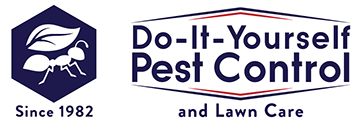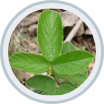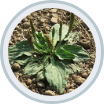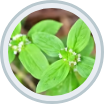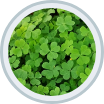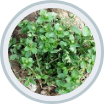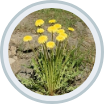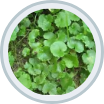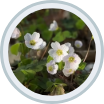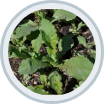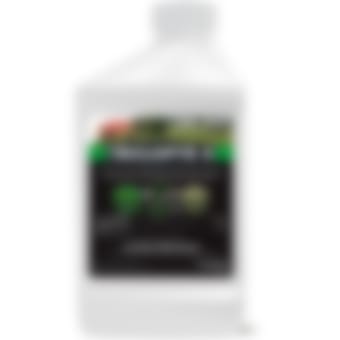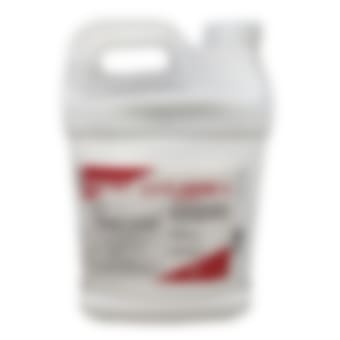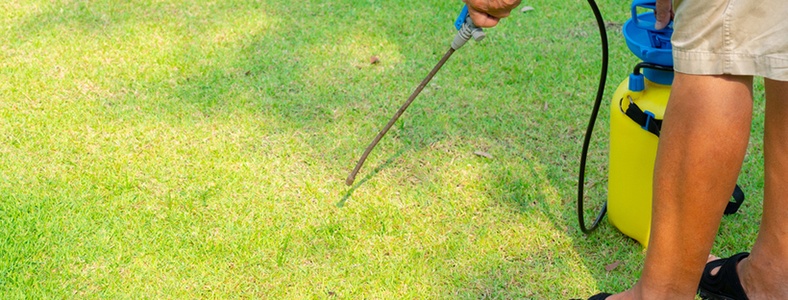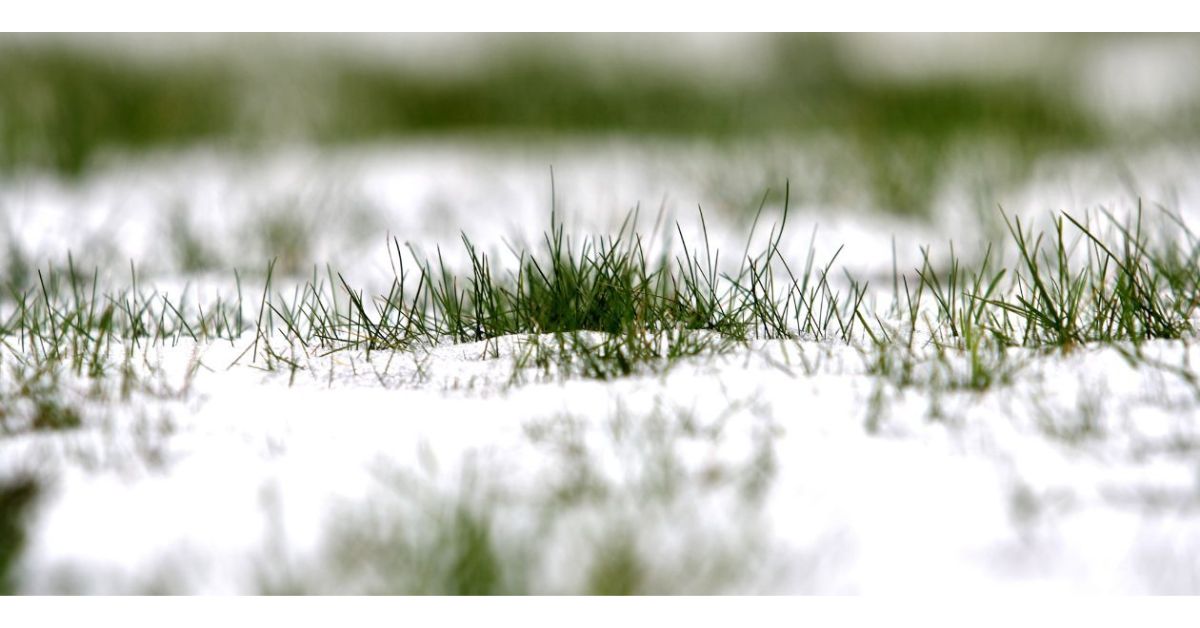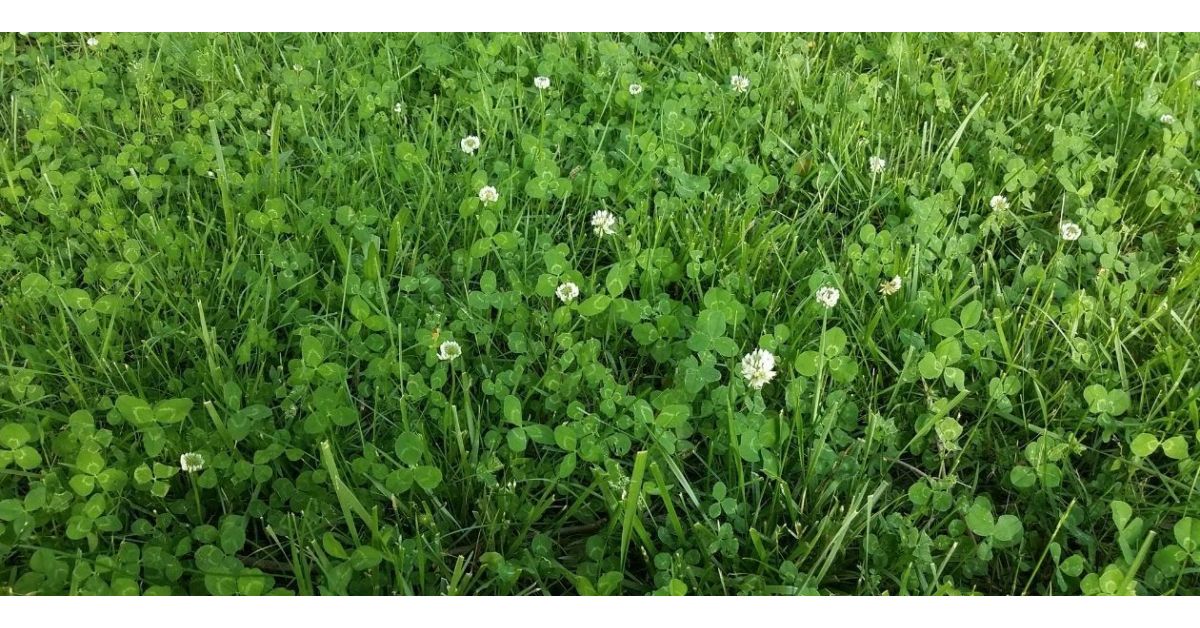 When to Apply Pre-Emergent Herbicides?
When to Apply Pre-Emergent Herbicides?
Broadleaf Weed Killers & Herbicides

Broadleaf Weed Control
Transform your lawn into an enviable oasis with our expertly curated selection of broadleaf weed killers. Each product promises not only to eradicate pesky weeds efficiently but also to nourish and rejuvenate your garden. With our easy-to-use broadleaf herbicides, achieving a lush, healthy lawn has never been simpler. Take action today and enjoy a beautiful, weed-free outdoor space with DIY Pest Control!
Having trouble finding the right product or need additional information? Please call us at 1-800-476-3368
Maximizing Lawn Health with Broadleaf Weed Killer
When it comes to maintaining a lush, vibrant lawn, the role of a reliable broadleaf weed killer cannot be overstated. These pesky weeds, with their expansive leaves, not only mar the beauty of your garden but also compete with your grass for essential nutrients and sunlight. By incorporating a broadleaf weed killer into your lawn care regimen, you can effectively tackle these intruders, ensuring your lawn stays healthy and visually appealing.
DIY Pest Control's Solution: Broadleaf Weed Killers
DIY Pest Control offers a range of broadleaf weed killers that are effective and easy to use. These herbicides are specifically formulated to target broadleaf weeds without harming your grass. With products like our weed killer, you can tackle weeds head-on, ensuring your lawn remains lush and healthy.
Why Choose DIY Pest Control's Broadleaf Weed Killers?
We offer broadleaf weed killers that stand out for their tailored effectiveness and user-friendliness. Our products are specifically formulated to target the broadleaf weeds threatening your lawn, ensuring that only the unwanted plants are eliminated while your grass remains healthy and vibrant. This precision in weed control not only keeps your lawn free from weeds but also safeguards its overall vitality, contributing to a greener, more lush garden.
Additionally, our team at DIY Pest Control is dedicated to offering expert advice and support, ensuring you have all the guidance you need for a beautifully maintained lawn. By choosing our products, you're opting for a solution that aligns with both your immediate and long-term goals for a healthy, attractive outdoor space.
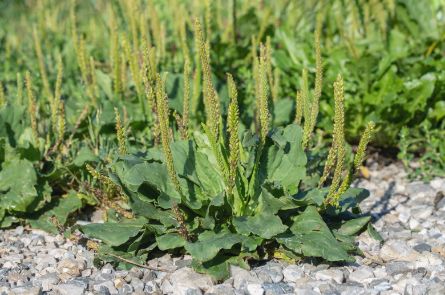
Understanding the Benefits of DIY Pest Control Broadleaf Herbicides
Embracing the use of broadleaf weed killers in your lawn care routine can significantly enhance the health and appearance of your garden. These specialized herbicides are designed not just to eliminate unsightly weeds but also to nurture the overall well-being of your lawn. Let's take a look at the myriad benefits of broadleaf herbicides offered by DIY Pest Control, highlighting how they can be a game-changer in your quest for a pristine, flourishing lawn.
Safe for Lawns
Our broadleaf herbicides are safe for lawns, targeting only the unwanted weeds. This selectivity means you can maintain a healthy, weed-free lawn without compromising its overall health.
Easy Application
With products designed for ease of use, DIY Pest Control's broadleaf weed killers can be applied by anyone. Simple instructions and effective formulations make lawn care a breeze.
Long-Term Control
Our broadleaf weed killers offer long-term control, preventing the regrowth of weeds. This means fewer applications throughout the season, saving you time and effort.
Environmental Friendliness
Our broadleaf weed killers are formulated with environmental responsibility in mind. We strive to provide products that are not only effective in weed control but also minimize impact on the environment. This approach helps in maintaining the ecological balance of your garden space.
Cost-Effectiveness
Investing in high-quality broadleaf weed killers can save you money in the long run. Our products are concentrated and effective, meaning you use less product over time compared to other options on the market. This efficiency translates to cost savings and reduced waste.
Adaptability to Different Weed Types
The broadleaf weed killers available at DIY Pest Control are versatile and capable of tackling a variety of broadleaf weed species. From dandelion killer to clover control, our herbicides are designed to handle different types of broadleaf weeds, making them a comprehensive solution for your lawn care needs.
Frequently Asked Questions About Broadleaf Weed Control
If you have questions about broadleaf weed control, we want to help. Below we have answered a few of the most common questions we hear.
What are Broadleaf Weeds?
Broadleaf weeds are a type of weed with wide leaves, distinct from the narrow leaves of grassy weeds. Examples of broadleaf weeds include dandelions and clover.
How Do Broadleaf Weed Killers Work?
These herbicides are absorbed by the leaves of the weeds, eventually killing them without harming the surrounding grass.
When is the Best Time to Apply Broadleaf Weed Killer?
The best time is during active weed growth, typically in spring or early fall.
Can I Use Broadleaf Weed Killer on New Lawns?
It's recommended to wait until your lawn is established before applying broadleaf weed killers.
How Long Does It Take to See Results?
Results can usually be seen within a few days to a week after application.
Tips for Applying Aerosol Pesticides
In addition to broadleaf weed killers, DIY Pest Control offers a broad range of pesticides. This video will share some tips on how to apply aerosol pesticides.
Get Your Perfect Lawn Today - Start with Our Broadleaf Weed Killers!
Don't let broadleaf weeds take over your lawn. With DIY Pest Control's broadleaf weed killer for lawns, you can easily maintain a healthy, weed-free garden. Shop now and experience the difference!
Contact Us Today
